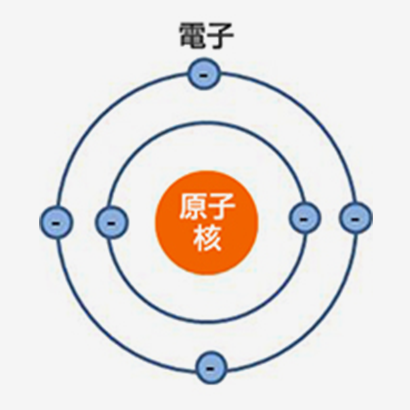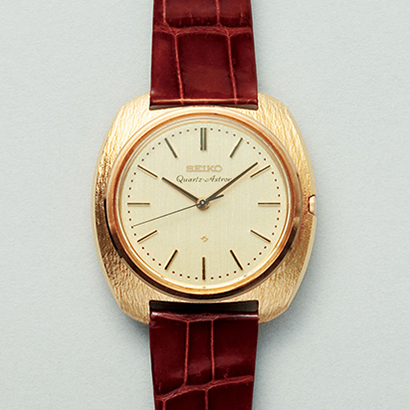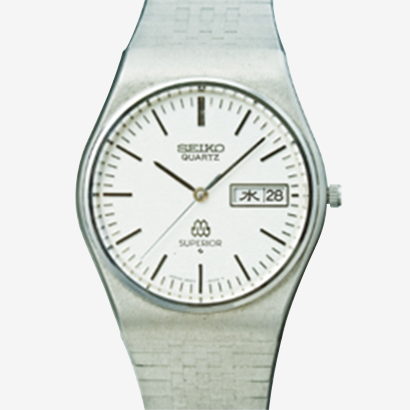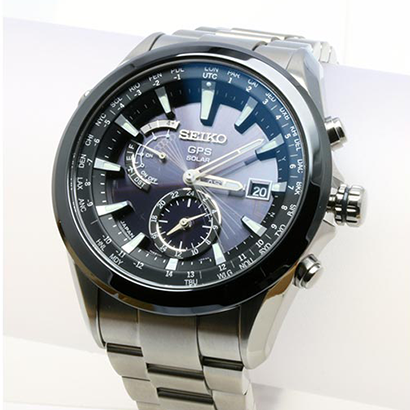From the 1970s through the 1980s, with the integration of CMOS-ICs, many quartz watches incorporating new functions entered the market in rapid succession. Quartz watches were able to incorporate multifunctionality not possible with mechanical watches, thereby opening up new markets.
Multifunctionality through liquid crystal displays

In 1973 Seiko developed the 06LC, the world’s first digital quartz watch with a six-digit liquid crystal display (LCD), which utilized a field effect (FE) LCD.
At the time, other digital watches used dynamic scattering mode (DSM) LCDs or light-emitting diodes (LEDs). Because they emitted light, LED displays were easy to see in dark places, but their high power consumption meant they could not be displayed constantly, and instead required the push of a button to display the time. Because they are light-receiving, LCDs require a backlight, but the FE type is the most visible at the lowest power, which has made it the mainstream LCD for modern digital watches. Since LCDs can be used to display various data besides just the time, they became an essential technology in the evolution of multifunctional watches.
In 1975, Seiko launched the 0634, the world’s first multifunctional digital quartz watch containing a chronograph, and in 1977 it commercialized the A159 digital quartz watch containing an alarm and a chronograph, advancing the multifunctionality of digital watches. In mechanical watches, a chronograph and timer function required a very complex structure, but with a digital display they could be easily incorporated.
Measuring environmental data with sensors
The implementation of highly-integrated, power-saving CMOS-ICs enabled the production of digital calculator watches and other types of watches that could analyze and process input data and display the results. Also, through the installation of various sensors, watches that could measure and display environmental information (temperature, pressure, air pressure, acceleration, magnetism, etc.) entered the market one after the other. Shock-resistant, easy-to-read digital quartz watches proved ideal for sports, and were diversified for use in a wide variety of circumstances, including runners’ watches equipped with heart rate and pulse monitors, divers’ watches that could measure depth and dive time to provide information for safe diving, and mountain climbers’ watches equipped with air pressure sensors.
Information communication functions

In the 1980s, decades before modern smartwatches, there were quartz watches equipped with information communication functions. In 1982, Seiko launched the world’s first LCD TV watch, which garnered attention as a wearable device. It incorporated various original technologies such as the active matrix LCD. It was even recognized in the Guinness Book of Records as the world’s smallest TV.
In 1984, Seiko launched the world’s first watch featuring computer functions. An external keyboard was used to transfer character data to the watch via electromagnetic induction. This was a revolutionary system that did not require the use of tedious codes for the connection. It could also be programmed with and run BASIC (programming language).
Neither of these watches saw widespread use, but they did offer a glimpse into our modern information society in which mobile communication devices have become ubiquitous.






